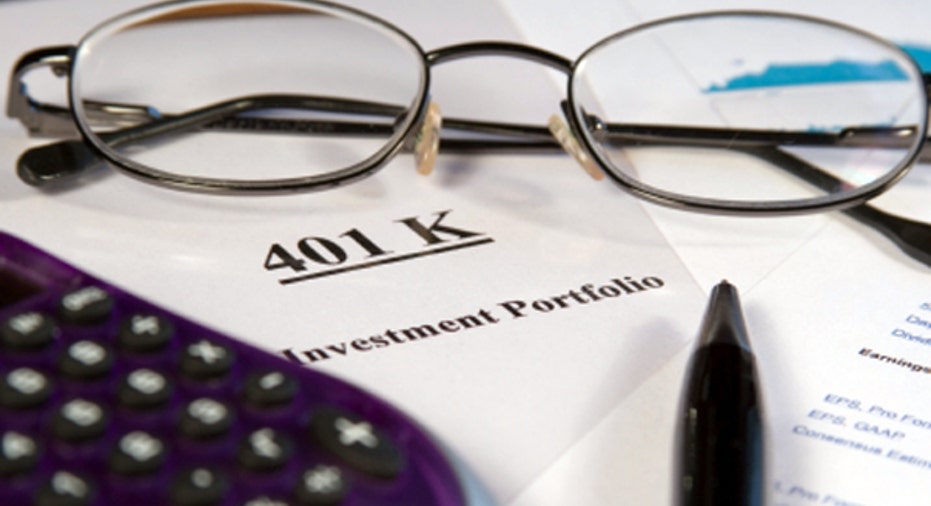Risks of an All-CD Portfolio

Dear Dr. Don,All of my assets are in bank CDs. I am also making monthly payments on a HELOC. The terms of the HELOC are a minimum of 4% interest or 0.76% below the prime rate amortized over 20 years.
As my CDs mature, I am cheering for an increase in the interest rate of Treasury securities, which would create higher interest rates on my CDs. I am booing any increase in the prime rate, which would cost me more to pay off the HELOC. I have not drawn on the HELOC in two years and plan no future withdrawals. Your comments and opinion would be truly appreciated.-- Richard Rate-Hike
Dear Richard,Not all of your assets are in bank CDs. You've got some money invested in real estate, too. My concern with a portfolio that's only invested in CDs is that the investor is overly preoccupied with risk to principal and hasn't considered how purchasing power risk is impacting the value of the portfolio. I'd advise you to get professional advice on managing your portfolio. If you can't get comfortable with the advice, get a second opinion. The Bankrate feature, "Financial planners: not just for millionaires anymore," can help.
My rule of thumb is that you should prepay your mortgage when the effective interest rate on your mortgage is higher than the expected after-tax return on your investments. This assumes you can fully use the mortgage interest deduction on your taxes and the interest deduction isn't just replacing the standard deduction. Depending on the yields available when a CD matures, you may want to look into using the proceeds to pay down the HELOC.
From your message, it appears that your loan will amortize over a 20-year term, probably after an initial 10-year draw period. The prime rate is currently at 3.25%, so prime would have to increase by more than 1.5% before you would see any increase on your HELOC rate. That gives you some time to cheer without booing.
Changes in the prime rate are the outcome of the Federal Reserve raising its targeted federal funds rate. Think of it as the rate banks charge each other for borrowing reserves. That rate is currently zero percent to 0.25%. The prime rate is typically 3% over federal funds, or 3.25%. If the Fed starts to tighten, you'll see the prime rate go higher, and you'll also see short-term Treasury yields go higher. What happens with the yields on longer-term Treasury securities depends on the market's outlook for future inflation given the increase in short-term rates.
Most investors in CDs stay in relatively short maturities. The Treasury issues bills, notes and bonds that range in maturity from a few days to 30 years. The short end of the Treasury yield curve will definitely feel the impact of any Fed tightening. This should translate to higher rates paid on CDs along with a higher prime rate.
As I see it, you've got the next 1.5 percentage points of Fed tightening where you can just cheer. Additional tightening will draw a mixed response from you.



















